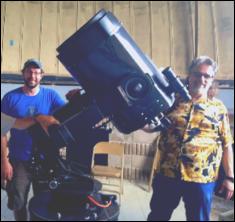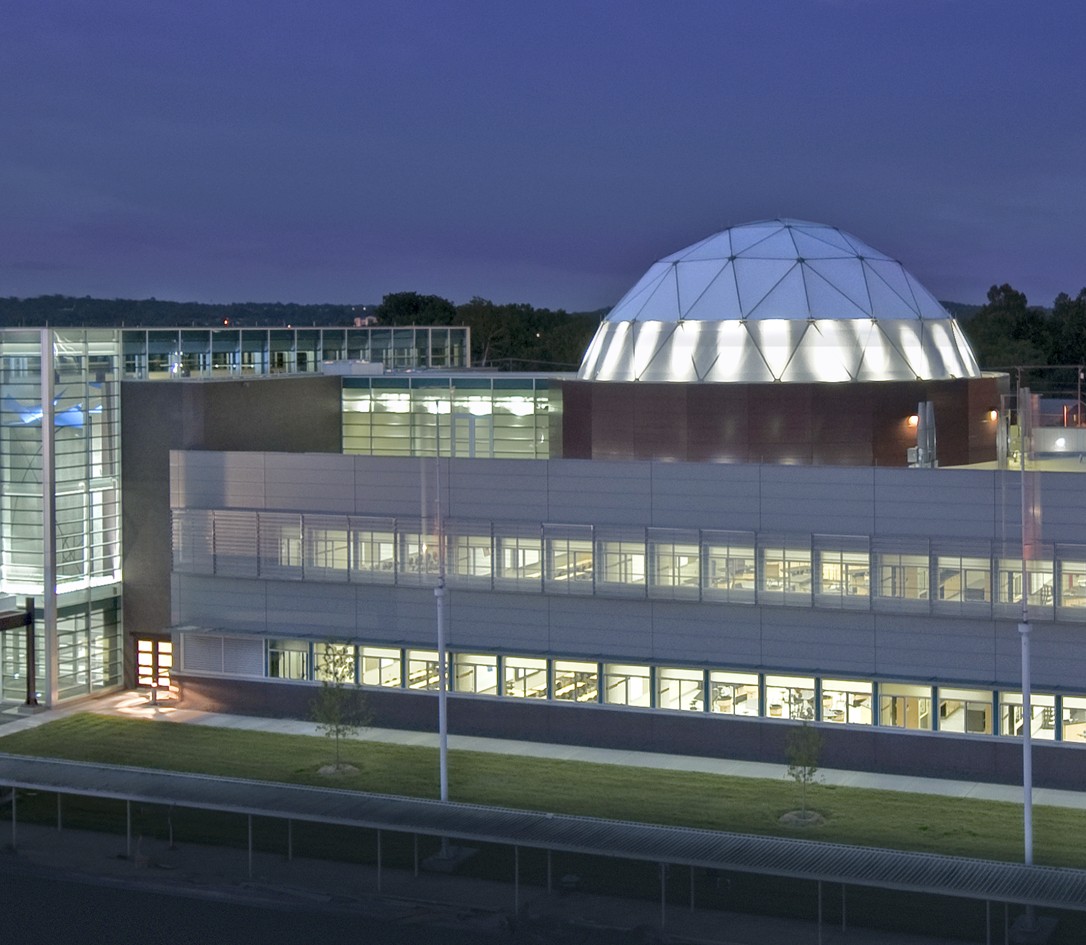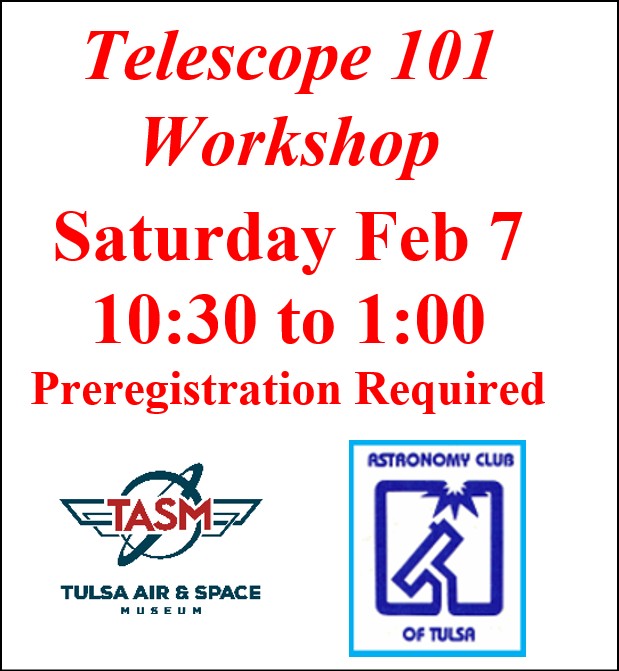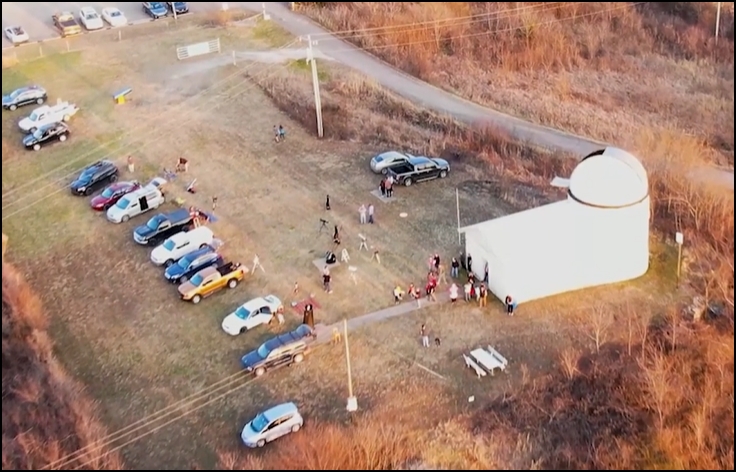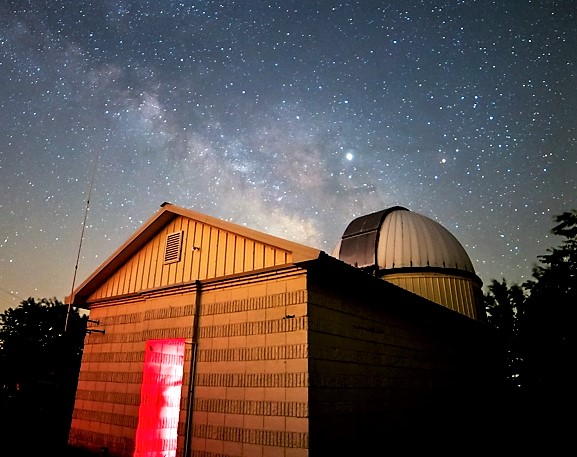Our Observatory
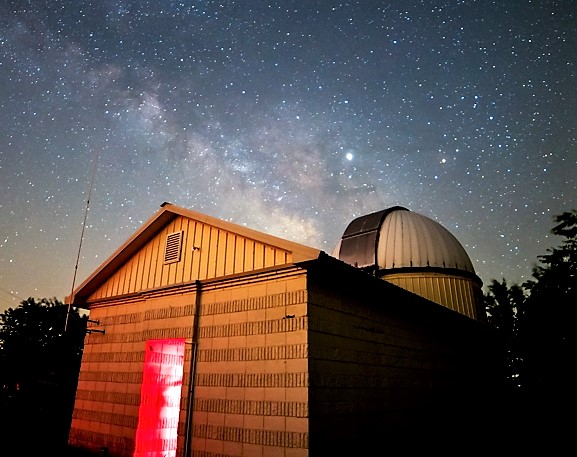
| Our observatory is about a 40-minute drive SW of Tulsa. It is located on a rural area hilltop with a clear view of the starry sky above. The building has a classroom for visiting or small group welcoming time. We also have a restroom for our guests. The club’s main telescope, a 14-inch diameter Meade RCX 400, is located inside a 20-foot diameter dome on the second level. Outside we have about an acre of land with a wide-open view of the sky for setting up telescopes . Or you may just enjoy sitting back and enjoying the starry sky above. Perhaps you will see a satellite or meteor passing overhead. Several of our members will have telescopes set up to share the views of the night sky wonders with our guests. Our observatory is operated by our club volunteers and is Only Open on scheduled observing evenings. In the EVENTS section of our website, you will find postings of Observatory Dates along with links to Directions to the Observatory |
For our guests there is a paved parking area adjacent to the observing field. If you are a first-time visitor, we suggest you try to arrive a bit before sunset. Our opening times are usually set about 30 minutes before sunset so you can arrive while it is still daylight. If you must arrive after dark, drive up slowly and leave your lights on low beam, then turn them off as you park.
As it gets dark, we ask you to avoid turning on white flashlights and phone lights. Even checking your phone texts etc. can hinder you from becoming dark adapted. Your eyes will soon adjust to the dark and you will be amazed how well you can see by starlight. Astronomers have learned that they can use a dim red light for reading or adjusting equipment in the dark. You can make one yourself by covering a small flashlight with some red paper or cellophane. The interior of our observatory is also equipped with red lighting so you can easily transition back outside and enjoy the stars. Remember, it takes about 30 minutes for a person’s eyes to become totally dark adapted; but it only takes about 5 seconds of bright white light for a person to lose their dark adaptation.
Our observatory is operated by our club volunteers and is only open on scheduled observing evenings. In the EVENTS section of our website, you will find postings of Observatory Dates along with links to Directions to the Observatory
The dome telescope has a catadioptric optical system that uses both a primary mirror to collect the light and a corrector lens in front with a smaller secondary mirror to redirect the light through a small hole in the center of the mirror. This folded light path design allows a longer focal length to fit into a compact tube. The telescope uses a computer-controlled drive system to track the stars and to move the telescope to a desired target.
